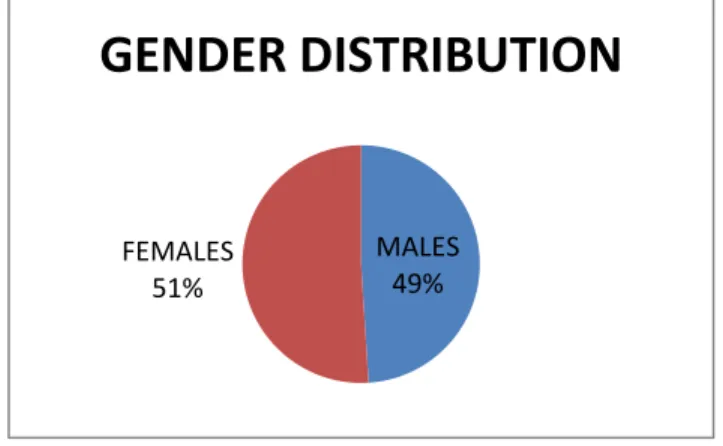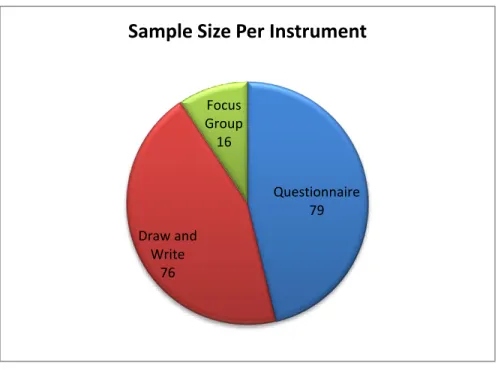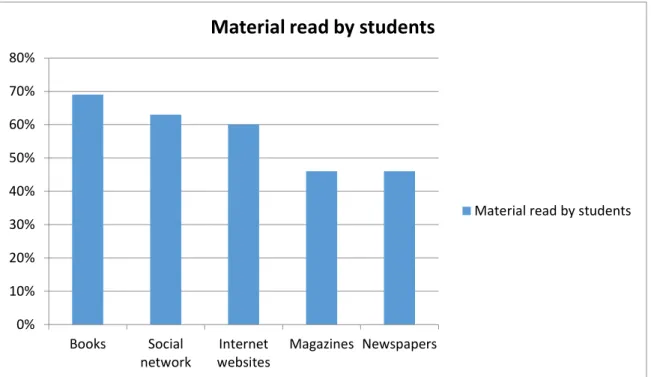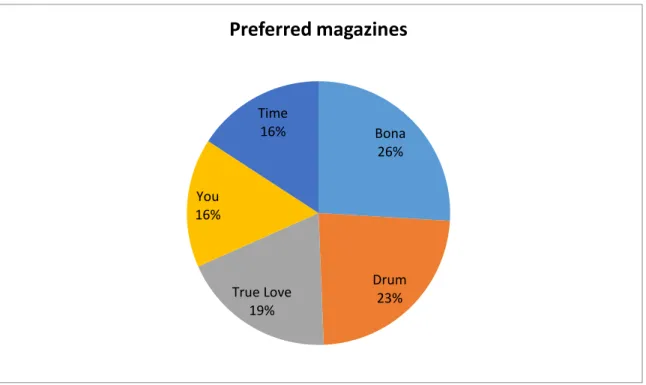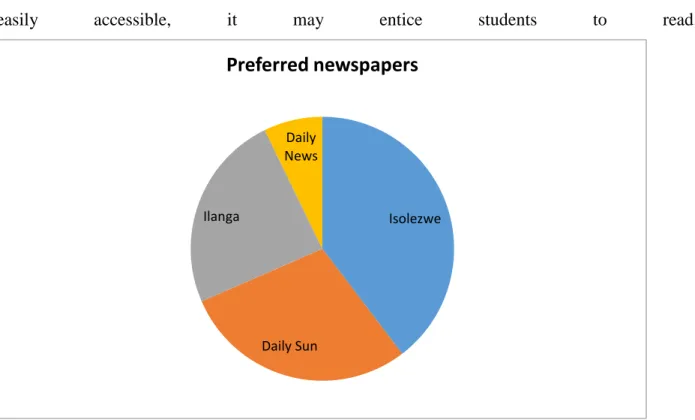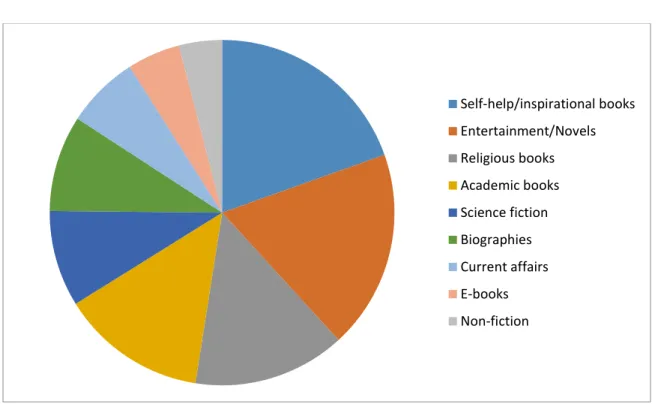This study investigated the reading habits of first-year students at the University of Technology in KwaZulu-Natal, South Africa. The aim of the current study is to identify the reading habits of first-year students at the University of Technology (UoT) in KwaZulu-Natal.
Rationale/Motivation
I've also noticed that if I engage them in general knowledge questions or current affairs, most students seem to have no idea what I'm talking about. They usually cite their lack of interest in reading or lack of exposure to books as some of the reasons for their lack of general knowledge.
Purpose of the study
Based on test results, 45% of students enter their first year critically underprepared and at risk of not completing their studies in the shortest possible time due to weak academic literacy. The above statistics are very worrying to me, as students in higher education institutions have to deal with more complex academic texts and most of the reading is done independently of the lecturers.
Background
What is a university of technology?
A UoT is a higher education that provides students with career-oriented skills through a combination of theoretical knowledge and practical experience in the workplace. Studies by Usher and Kober (2012) and Ismail, Ahmad and Ahmad (2013) highlighted the importance of reading texts in the vernacular.
Research objectives and questions
While Huang, Capps, Blacklock, and Garza (2014) found that students enjoyed using online reading, McMane (2001; cited in Njeze, 2013) found that students enjoyed magazines primarily because they were affordable. the most affordable and easily accessible. Mlay, Sabi, Tsuma, and Langmia (2015) and Hogson and Thomson (2000) pointed out that students prefer to read inspirational and religious books.
Overview of the research process
For what purposes are first-year students studying at a university of technology in KwaZulu-Natal.
Delimitation of the study
Organisation of the dissertation
Various theories of motivation are discussed in detail which form the theoretical framework supporting this study. The chapter has two sections, the first is the theoretical framework which explores some of the theories underpinning this study.
Theoretical framework
What is motivation?
Integrative orientation and instrumental orientation can be linked to intrinsic and extrinsic motivation, respectively. However, most studies advocate intrinsic motivation as having lifelong benefits, as opposed to extrinsic motivation, which may have short-term benefits (Deci, Koestner, & Ryan Wang & Guthrie, 2004).
Self-Determination Theory (SDT)
These categories stem from the popular distinction that is often made in motivation theories between intrinsic motivation and extrinsic motivation. Amotivation is no interest or lack of motivation, while intrinsic motivation is genuine love for the task.
Self-efficacy theory
I want to understand students' reading habits by exploring whether their reading habits indicate their movement from extrinsic to intrinsic motivation. Another theory of motivation that I will use to explain the reading habits of first-year students is the expectancy-value theory (Eccles, Adler, Futterman, Goff, Kaczala, Meece, and Midglay state that according to this theory, motivation is strongly influenced by one's expectations of success or failure in a task, and the relative 'value' or attractiveness that the individual places on the task.
Literature review
Reading and motivation
Gambrell defines motivation to read as the likelihood to engage in reading or the choice to read. This means that students have to read the prescribed texts themselves without being 'read' by the lecturers.
Leisure reading versus academic reading
So even if someone is a good reader, if they are not motivated to read, they will never reach their full literacy potential. The differences between leisure reading and academic reading may therefore influence students' reading habits with regard to the materials they read and the purposes of reading.
Material students read and their reasons for reading them
The differences between leisure reading and academic reading can therefore have an impact on the students' reading habits with reference to the material they read and the purposes for reading.. 2014) found that undergraduate students in their study preferred textbooks to e-books. . In a study of reading habits of 250 students in a college in Peshawar, Ismail, Ahmad and Ahmad (2013) found that many of the students read newspapers regularly.
Research paradigm
This chapter therefore discusses in detail the research design and methodology used to generate data for this study. In addition, this chapter discusses the research methodologies and design used in the study, including the data collection strategies and instruments and the data analysis methods.
Research design
Case study design
I also considered Rule and John's (2011, p.4) definition of a case study: "A case study as a systematic and in-depth investigation of a particular instance in its context in order to generate knowledge." It is important to explain what a 'case' is. My study related to Bassey's definition of a case study because the study participants (students) were in their natural context (a UoT), within a local boundary of space (first year students only).
Research approach
I used broad questions so that I could learn from the participants (Cohen et al., 2007), and those questions provided insight into the habits of the participants. Rather, the phenomena are described and understood within their naturally occurring context with the intention of developing an understanding of the meanings given by the participants.
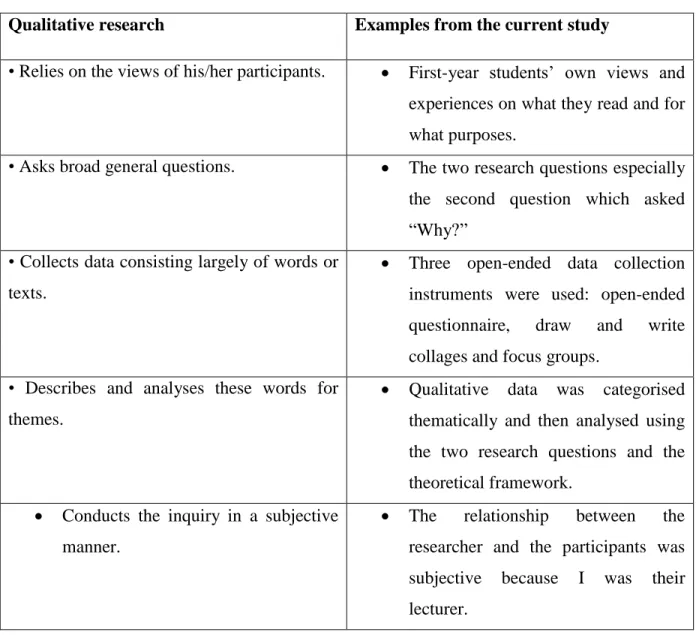
Research context
Open-ended questionnaire
GENDER DISTRIBUTION
Visual method
Participants are then asked to elaborate on their drawing through written or oral explanations in order to further describe and clarify the content meaning of the image. Drawing as a research method offers researchers a window into participants' lived experiences and a means of understanding how they make sense of them (Mayaba and Wood, 2015).
Focus group interview
Use the given paper to draw a plan of your reading room using drawing as well as words showing all the reading material you like to read. Be specific, for example if you read the newspaper; enter the name of the newspaper and the sections you read.
Data analysis
Sample Size Per Instrument
- Storage of data and disposal of data
- Ethical considerations
- Limitations to the study
- Conclusion
- Biographical data
- Research question one: What materials do students read?
This information provides background information about the participants which helped with the analysis of the results. Ninety percent of participants said they read mostly in English.

Material read by students
When the participants were asked to indicate the materials they read, the following results were shown by the questionnaire: books (69%), social networks (63%), websites (60%), magazines (46%) and newspapers (44%) ) . It comes out weekly and is affordable to buy when compared to other magazines and these may be other reasons why the student is seen as "the most out there". This may imply that the content, availability, and ease of accessibility of these journals expose students to them and may contribute to students' journal reading habits.

Preferred magazines
Bona and Drum also have IsiZulu editions and three students in the focus group identified language as a reason for reading these magazines. It can also mean that if the content in the magazines is interesting and relates to their interests, then they would read them.
Preferred newspapers
The types of books that students enjoy
This was also evident when participants were asked to name the titles of books they liked. However, most of the participants were able to give the author of the book which could be an indication that they had read the books.
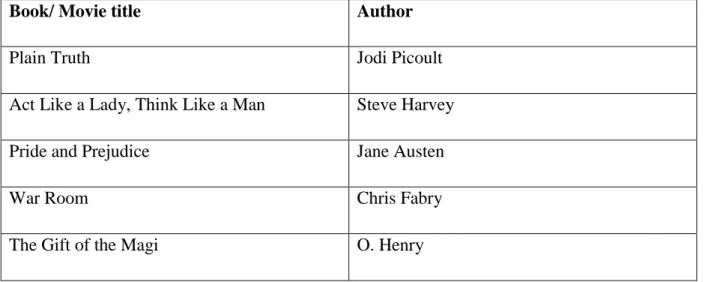
Books that were prescribed literature in high school
Research question two: For what purposes do students read?
- Reading for recreational purposes
- Reading for academic purposes a) Study purposes
78 percent of the participants in the questionnaire stated that they read for research purposes. However, these results suggest that they read because they have to, and it appears that they have an extrinsic motivation to read.
Conclusion
Participant, Veli, said, "If the article has more difficult words or words I've never seen before, that's when I don't enjoy reading." This finding contrasts with those who read because they want to increase their vocabulary. Furthermore, recommendations for further research arising from the study, as well as the study's limitations, will be presented.
Summary of findings
- What materials do first-year students read?
- For what purposes do students read?
Although the participants used the Internet for academic purposes, the results showed that they preferred to read from a textbook when studying because they could engage with the book. However, the majority of participants noted that they read because they are extrinsically motivated to read.
Theoretical implications
Intrinsically motivated people engage in activities because they are interested and have an innate love for the activity. I found that when students read for recreational purposes, they have the choice and autonomy to choose the materials they like to read.
Methodological implications
Open-ended questions gave students the opportunity to add detailed comments to the questions. I had explained to the students that I wanted to know about their reading habits and explained that the findings would help inform my teaching and that of my colleagues by sharing the findings with them (colleagues).
Pedagogical implications
To improve students' reading habits, educators can recommend additional reading and assign assignments that require students to do extensive reading. I will use rewards and words of encouragement to recognize students who show effort to improve their reading habits.
Limitations of the study
I learned to keep a journal where I could write down ideas as they came to me, because they came all the time, everywhere. Finally, I also realized that in order for my mind to function, I needed to take care of my body by taking some time to relax, sleep, and eat healthy.
Recommendations for future research
I learned that I needed to find quality time with my family and where I previously tried to do everything for my children, I learned, sometimes with difficulty, to delegate, ask for help and empower my family to do things . for them selves. I was able to keep myself motivated by visualizing the end product and by being grateful and appreciative of this opportunity to further my education.
Conclusion
Qualitative research and case study applications in education. 2015). Uncovering reading habits of university students in Uganda: Does ICT matter. 2014).Reading habits among students and its effect on academic performance: a study of students of Koforidua Polytechnic.
Age ______________________________
You will not be disadvantaged in any way by completing this questionnaire, as it is not part of your research.
Gender ______________________________
Is this your first year of study? ________________________________
In which language do you do MOST of your reading?
Do you enjoy reading? (Give a reason for your answer)
What kind of books do you enjoy reading? (Tick all that applies to you)
What kind of books do you not enjoy to read? (Tick all that applies to you)
How often do you read?
List the newspapers that you usually read, if you do read a newspaper
If you can, list two books (title and author) that you have recently read that you found interesting or enjoyable
Briefly describe when you do most of your reading
Indicate for what reasons you do your reading (tick all the options that are relevant to you)
What is your attitude to reading in general?
If you read in your mother-tongue, what kinds of books/material do you read?
Do you do any reading on the internet? _________________
What do you normally read on the internet, if you do read?
Reading habits of first-year students at a university of technology in KwaZulu-Natal. The purpose of this study is to: to identify reading materials for first-year students at a university of technology in KwaZulu-Natal. to identify the purposes of first-year students at a university of technology in KwaZulu-Natal reading. This is to confirm that I have proofread the paper by Sebenzile Mbhele entitled: "Reading Habits of First Year Students in a University of Technology in KwaZulu-Natal."
LAUREN WALFORD PROOFREADING SERVICE
Turnitin Originality Report
Ed. By Sebenzile Mbhele
Similarity by Source
